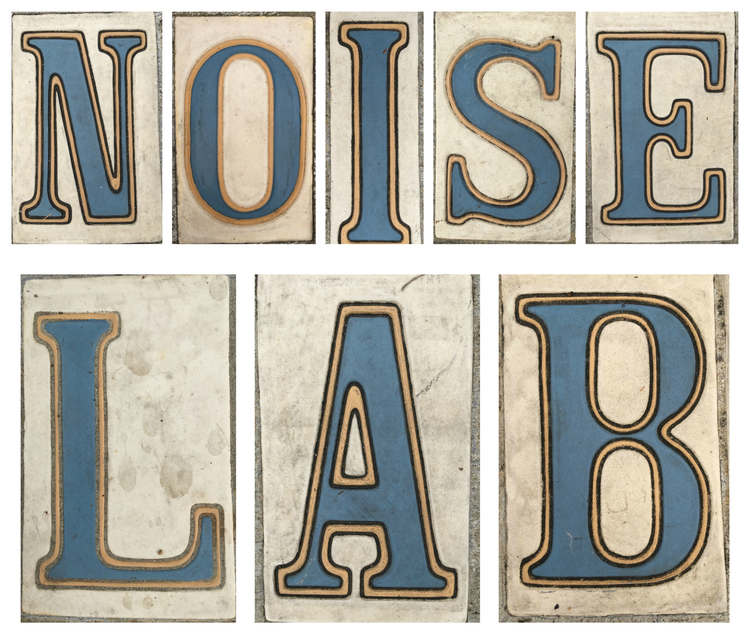It’s easy to reflect on your own experience when considering how children learn music. You may remember keyboards, xylophones, or recorders in music class, participating in church choir, or taking private lessons, all of which are examples of formal instruction. Music acquisition usually begins before formal instruction just as learning a language begins before kindergarten. Think about your first musical memories. Are those different than your experiences with formal music instruction? If so, your music learning was well underway as a young child and infant.
Learning music begins like learning language – children listen. They listen frequently; they listen to a variety of people; they listen in different situations; they listen to familiar and unfamiliar voices; and they are spoken to often. Children are wired to listen and learn by listening to live music. I’m reminded weekly of the importance of live musical interactions during Noise Lab classes as children come right up to my face as I’m singing and playing guitar. Listening to live music and recorded music are not the same, just as listening to recorded speaking and interacting in conversation with people are not the same. While there’s nothing wrong with listening to recorded music, it does not substitute for live musical interactions.
In language acquisition, with listening comes speaking. Similarly to how young babies babble only days and weeks after listening and being spoken to, babies that are sung to “sing” not long after birth. Often when babies sing they refer back to the same or similar pitch (note). If you have the opportunity to be near an infant, sing “Hot Cross Buns” and then listen. Babies often take longer to respond so don’t be surprised if the response is minutes later! Here’s an example of an 8-week old baby filling the space with the melody “Dona Nobis Pacem.” Notice how the baby waits until there is a little space in the melody to sing and then takes full advantage to offer her ideas.
In music, speaking is synonymous with singing something new or different. Also called improvising. Daily language is improvisatory and unless you are reading a script you are improvising. We are born improvisers. This second recording is an 8-month old baby interacting to the radio while singing tonal and rhythmic improvisations with Dad.
Unfortunately, in music learning, improvising is often abandoned for reading music notation. In language an infant or young toddler would never be expected to read, but this is often the expectation for children in formal music instruction with few prior musical experiences. Without context, reading music becomes an activity of decoding symbols and though music can be created, it is often with little meaning. Imagine having to recite text in a foreign language that you did not know, never learning the meaning of the words and instead only learning how to say them perfectly. This is essentially the experience of many children with few musical interactions being asked to read music before they speak.
Once listening and speaking in music are well under way (my first post discussed the importance of knowing a lot of songs) reading and writing (composing) in music can be meaningful. Without a rich musical environment created prior to reading and composing, a child’s language in music may not be very meaningful. The process of learning music should be similar to learning language. It should be fun and engaging through a variety of experiences that are meaningful to the whole family! Stay tuned for my next post about singing with your children!
Listening - Speaking - Reading - Writing


